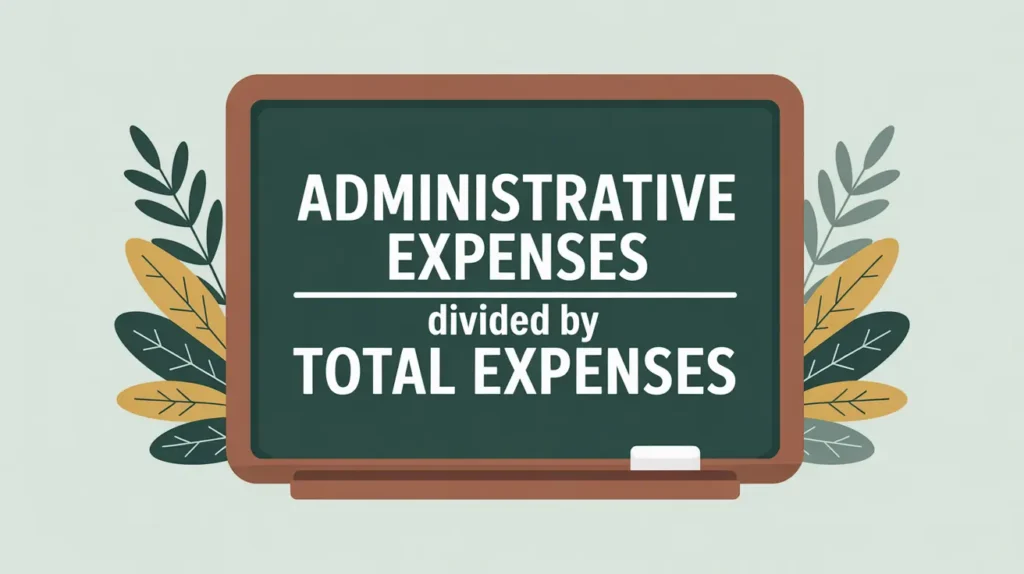Importance of Grants and Contracts (Exchange Transactions)
Grants and contracts structured as exchange transactions are an increasingly significant part of nonprofit financing, especially in international development and social innovation. Unlike contributions or donations, these arrangements involve a reciprocal exchange: the nonprofit provides goods, services, or deliverables in return for funding. For organizations navigating diverse revenue streams, distinguishing exchange transactions from contributions is essential because the accounting treatment, reporting, and compliance obligations differ. In an environment where governments, multilaterals, and corporations are shifting toward performance-based funding, understanding how exchange transactions work helps nonprofits demonstrate accountability and strengthen their business-like capabilities. Proper management of these agreements ensures both financial sustainability and credibility in delivering measurable outcomes.
Definition and Features
Grants and contracts classified as exchange transactions arise when a nonprofit receives resources in return for providing goods or services of commensurate value. Examples include government service delivery contracts, tuition and training fees funded by agencies, or corporate-sponsored research. According to accounting standards (such as FASB in the United States), these are distinct from contributions because they impose performance obligations and are recognized as revenue when earned, not when received. Payments tied to deliverables, milestones, or outputs are common in this category. They are not considered donations, nor are they unrestricted; instead, they function like fee-for-service arrangements. Failure to meet contractual requirements can result in repayment, penalties, or loss of future funding.
How this Works in Practice
In practice, managing exchange transactions requires a more business-oriented approach than managing contributions. Nonprofits must track costs against deliverables, prepare invoices or reports, and often comply with strict audit standards. For instance, a government contract to provide community health services may require detailed documentation of patient visits, staff hours, and program costs. Unlike philanthropic gifts, where narrative reports may suffice, exchange agreements usually demand financial and performance reporting aligned with contract terms. Organizations often establish dedicated grants and contracts management teams to ensure compliance and mitigate risk. Systems such as time and effort reporting, cost allocation, and subrecipient monitoring are particularly important. Proper classification matters not only for accounting accuracy but also for organizational strategy, as misclassifying exchange revenue as contributions can distort financial statements and mislead stakeholders.
Implications for Social Innovation
For nonprofits in social innovation and international development, grants and contracts as exchange transactions can represent both opportunity and challenge. They provide predictable, large-scale funding that enables expansion of programs and services, but they also bring compliance risks and administrative burdens. In global contexts, these arrangements are especially common with bilateral and multilateral agencies, where performance-based contracts are standard. The ability to successfully manage exchange transactions demonstrates organizational maturity and enhances credibility with funders and partners. It also reduces information asymmetry by clarifying that not all “grants” are donations. Some are effectively fee-for-service agreements that require strict accountability. By mastering this distinction, nonprofits can diversify revenue strategically, balance philanthropic and earned streams, and strengthen their position in delivering sustainable impact at scale.







